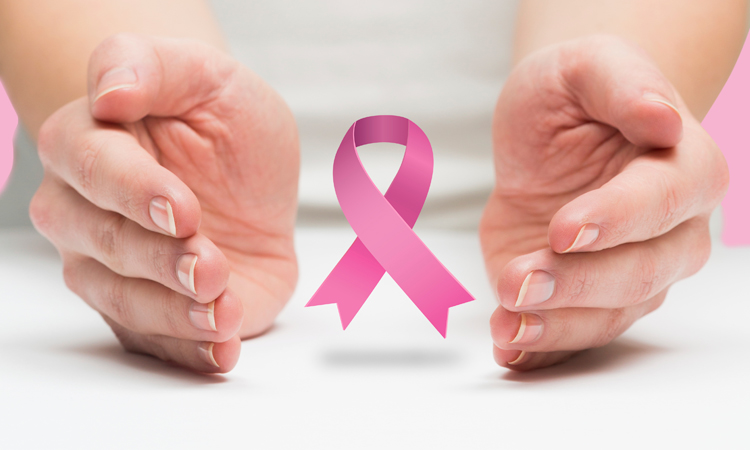 There are three words no one ever wants to hear: “You have cancer.”
There are three words no one ever wants to hear: “You have cancer.”
For those who have heard these words, their lives are catapulted into an emotional stratosphere of fear and anxiety. And we can credit a lot of that angst to the fact that cancer seems to just show up. Think about it: How many times have you heard a story about an incessant cough or persistent headaches ending up as being a symptom of underlying cancer?
The disease, much like a tornado, appears suddenly and without warning: It introduces emotional wreckage that is underscored by the uncertainty of that person’s future. Most people look at cancer as a death sentence. And with 589,430 Americans expected to die from cancer in 2015, it should come as no surprise as to why cancer evokes such fear.
Cancer, however, doesn’t have to win. The story that cancer tells is one-sided and fear inducing, yet there’s certainly another side to the story that illuminates the disease’s weak spots. In my upcoming book, The Gene Therapy Plan: Taking Control of Your Genetic Destiny with Diet and Lifestyle (Viking), [1]which will be published on April 21, I explain what these weaknesses are and how we can use them to our advantage to prevent and treat cancer. Here are some major ones:
Don’t blame yourself: When someone receives a cancer diagnosis, one of the most common responses is to ask, “Why me?” I explain to my patients that cancer isn’t the roll of a dice. There are myriad risk factors—both genetic and environmental—that contribute to cancer. But the disease is treatable. So avoid self-blame or feelings of guilt. By removing the stigma that you did something wrong is the first step toward eliminating cancer’s hold on your mental wellbeing.
All cancer is not deadly: Cancer cells are complex. While some are considered harmless, others can wreck havoc on our lives. Recognizing that all cancers are not created equal empowers you to make sound choices that help you to avoid one-size-fits-all treatment approaches and to bypass unnecessary, aggressive treatments.
DNA isn’t fixed: We’ve been taught that DNA, the blueprint for life, is fixed. And that part is true. After all, our genetic makeup comprises one-half of each of our parents’ genes. And once you get those, you have them for life. But there’s another layer of chemical molecules that sit above genes called epigenes. These chemicals act as an intermediary between our genes and the outside world. Things such as stress, our diet, environmental toxins, and lifestyle factors send messages to epigenes that turn genes on or off in ways that trigger either health or disease.
What you eat matters: Surgery, chemotherapy, and radiation aren’t the only ways to treat the disease. Cancer isn’t a growing mass that is isolated in a specific organ; it affects the entire body, even when it’s a tumor that is in the breast or prostate gland. Cancer cells release chemicals in the body that allow it to thrive. Besides anticancer therapies, diet plays a tremendous role in stifling cancer growth. Foods such as turmeric, a spice used in curry dishes, contains curcumin—a compound that has been shown in studies to attack cancer in many ways. And many plant-based foods such as cruciferous vegetables (broccoli, cabbage, kale) and fruits (apples, blueberries, black raspberries, papaya) also contain a bevy of healthful nutrients that curtail cancer growth.
Cancer can be prevented: This is an essential idea that we need to adopt in order to revamp our outlook on cancer. Cancer isn’t some ticking time bomb that can explode at any moment. Because most cancers are attributed to lifestyle and environmental factors, take action. Engage in physical activity, make better dietary choices, get enough sleep, meditate and relax to combat stress. These actions allow you—not cancer—to be in control of your body.
Resources:
[1] Mitchell L. Gaynor, M.D., The Gene Therapy Plan: Taking Control of Your Genetic Destiny with Diet and Lifestyle (Viking).
Click here to find out about Rose’s thoughts on wellbeing and health


